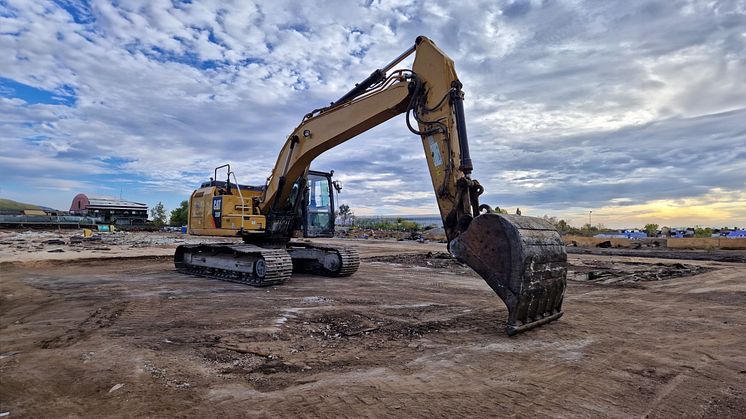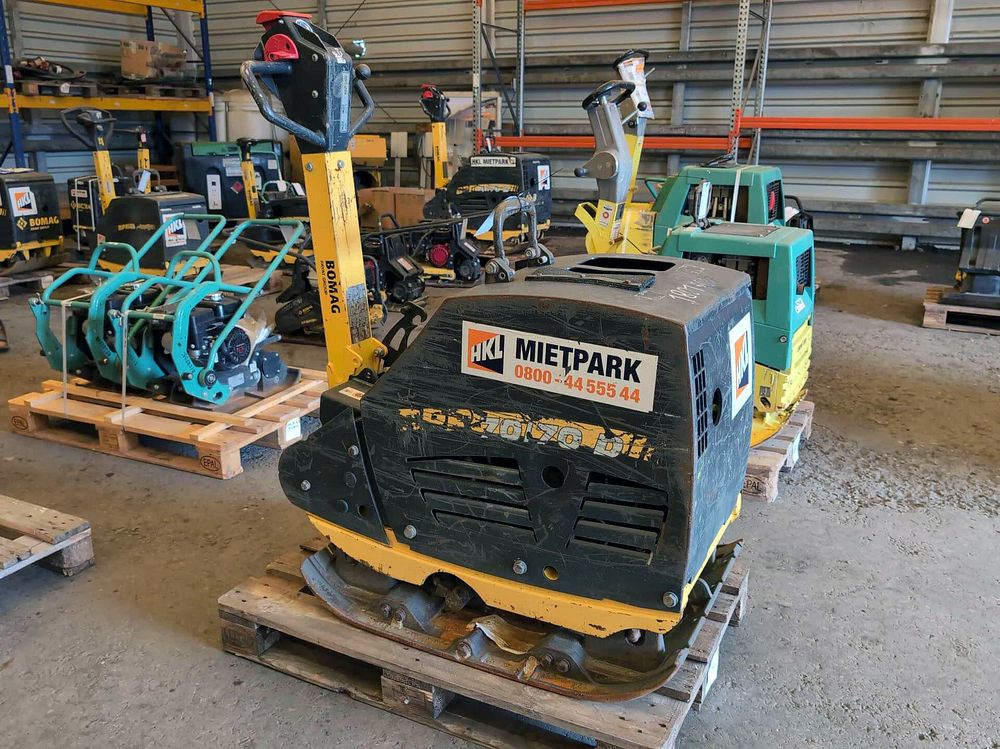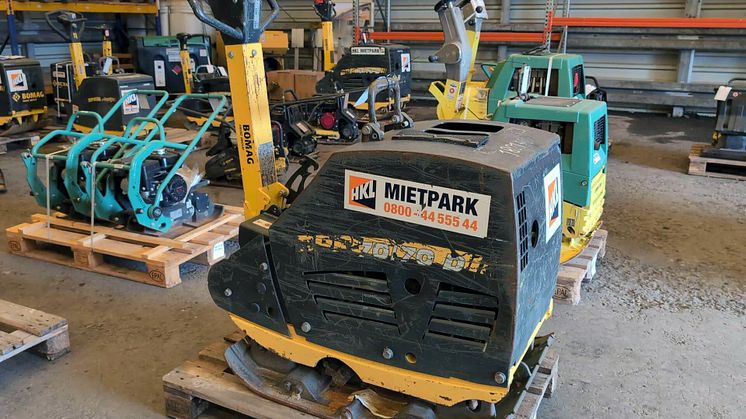
Press release -
Renting, leasing, buying new or used: Which procurement method suits your construction business?
In times of high interest rates and inflation, construction companies face the difficult decision of how to optimally expand or modernise their machinery fleet. Whether renting, leasing, buying new or used machines – each option has its specific advantages and disadvantages.
The construction industry is currently experiencing challenging market conditions. High interest rates, rising material costs, and ongoing inflation are dampening the outlook. It is therefore crucial to strategically expand or modernise the machinery fleet in order to efficiently handle specific projects or secure new contracts. But what is more sensible: Renting, leasing, buying new or used? Each procurement method has its pros and cons.
Renting construction equipment
Advantages: Renting construction equipment offers a high degree of flexibility. This option is particularly advantageous when specialised machines are needed for temporary projects, without the need for long-term financial commitments. Moreover, renting allows companies to test various equipment and determine whether it suits their specific needs before making a larger investment. Another key benefit of renting is that all maintenance and repair costs are covered by the lessor. In the event of a breakdown, the rental agreement usually guarantees a quick replacement, often within 24 hours. This minimises downtime and ensures continuous operational capacity on site.
Disadvantages: The cost per day is often higher than leasing or buying. Additionally, it can be challenging to rent particularly in-demand or specialised equipment, as it may not always be available. Damage to rented equipment can also incur additional costs, as many rental companies charge fees for damages beyond normal wear and tear.
Leasing construction equipment
Advantages: Leasing allows construction companies to use modern equipment without the need for high initial investments. This preserves capital and frees up financial resources for other operational needs. Moreover, it is often possible to apply a portion of the lease payments towards the purchase of the equipment at the end of the lease term. Another significant advantage of leasing is access to the latest machines and technologies.
Disadvantages: Lease agreements typically bind companies for a period of two to three years, creating a long-term commitment, which can be unfavourable in the current economic climate. Early termination of the lease or excessive wear and tear on the equipment can result in additional costs in the form of penalties. Furthermore, the lessee is responsible for routine maintenance of the leased equipment, which incurs additional operational costs. Additionally, the insurance costs for leased equipment are generally higher than for purchased equipment.
Buying new construction equipment
Advantages: Purchasing new construction equipment is often the most cost-effective option, particularly if the machines are used regularly. Experts recommend buying when a machine is in use more than 60% of the time. The benefits of purchasing also include a wide selection of machines and potential resale value when the equipment is replaced or no longer needed.
Disadvantages: The acquisition of new construction equipment requires significant initial investments. Furthermore, owning construction equipment is considerably less flexible compared to renting or leasing, and its use must be planned over several years. Additionally, the company is responsible for maintenance and insurance, leading to higher operational costs.
Buying used construction equipment
Advantages: Purchasing used construction equipment is cost-effective. The machines are immediately available, avoiding long lead times that can occur when ordering new equipment. This option allows companies to invest in high-quality brands that might be unaffordable when new. Moreover, reusing existing resources contributes to sustainability. Additionally, buying through auction houses is becoming increasingly popular and often provides the opportunity to secure particularly good deals.
Disadvantages: The age of the machines can lead to more frequent repairs, higher maintenance costs, and unexpected breakdowns. The limited selection of used machines can make it challenging to find specific models that meet the requirements of a project.
Building on expertise
One of the experts in this field is HKL Baumaschinen GmbH, a company that rents and sells both new and used construction equipment. HKL has been successfully working with the auction house Surplex for over ten years to efficiently auction off decommissioned construction equipment, small tools, and hand tools. This strategy enables HKL to regularly renew its machinery fleet. For buyers, this presents a frequent opportunity to acquire high-quality, inspected equipment directly from a reputable provider. The next auction ends on 3rd September and includes nearly 250 items – ranging from vibratory plates and generators to demolition hammers, floor grinders, core drills, and concrete saws, as well as site containers and construction trailers.

Related links
Categories
About Surplex
Surplex has been one of Europe’s leading industrial auction houses for 25 years and trades worldwide in used machines and factory equipment. The 18-language auction platform Surplex.com has over 125,000 registered customers. The company is based in Düsseldorf and has offices in many European countries, including Spain, Italy, and CEE. More than 200 provide a full service in 20 languages.
Surplex became part of TBAuctions in August 2024, Europe’s leading multi-brand (Troostwijk Auctions, Klaravik, Auksjonen, PS Auction, British Medical Auctions, Vavato, and Auktionshuset dab), digital auction platform for B2B used goods. The TBAuctions group reach nearly 200 million annual site visits, sell over 1.6 million assets, receiving bids from 750k bidders in 175 countries, generating hammersales of more than €1.6 billion, and employing nearly 1,200 team members.


